A to Z - HIGHLIGHTS Of Derby AND DISTRICT - PART 16
The A to Z – highlights of Derby and District is a 19-part series and will be published weekly.
St Alkmund’s Well – St Peter’s Churchyard
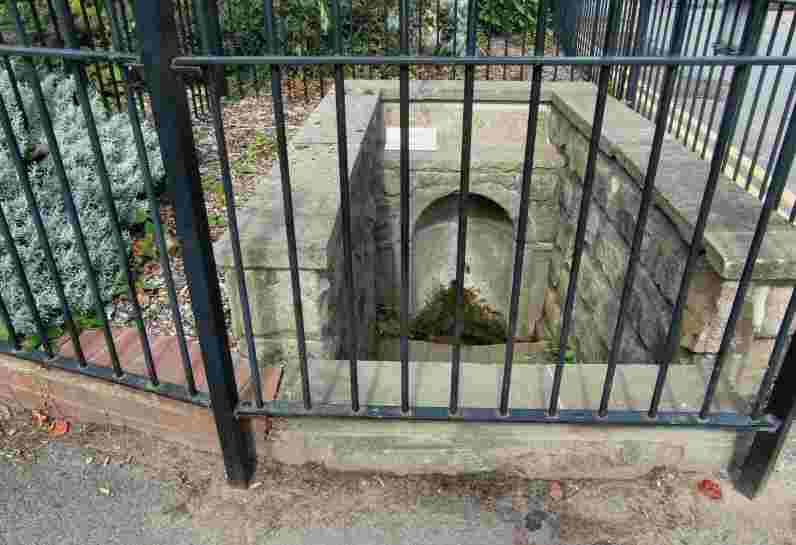
ST ALKMUND’S WELL
Surviving Holy Wells are uncommon in this country and it is surprising to find Derby’s last remaining Holy Well in a built-up area well away from the city centre. The earliest mention of the well was in 1190, but it may date back much further to shortly after 800. This was the time of the dedication of the first Minster Church of Derby to St Alkmund.
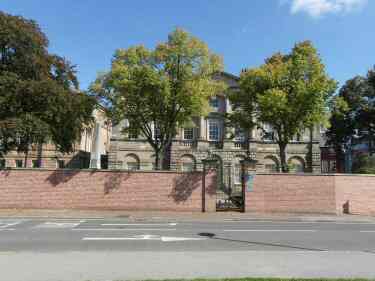
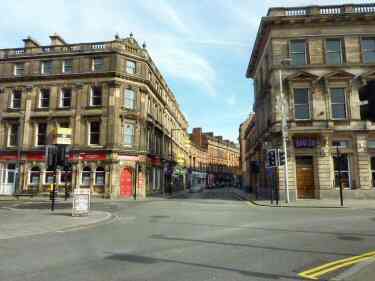
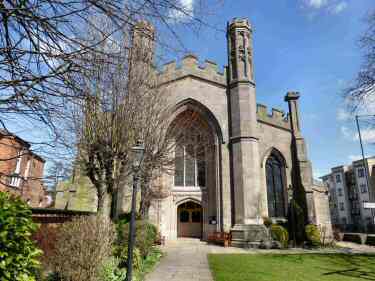
ST HELEN’S HOUSE
St Helen’s House is a designated Grade I listed building. Built in 1766/7, to the design of the Derby-based architect Joseph Pickford. In 1803, it became the home of William Strutt and his son, Edward and sixty years later of Derby Grammar School. The school left in 1967, and after that, the house was used as an Art School and then for Adult Education. After a period of deterioration, it has been magnificently restored by Richard Blunt.
ST JAMES’ STREET
Originally, St James’ Street was known as St James’ Lane. It was described in the 1860s as a narrow, unsightly and unsavoury alley before it was widened. The work was paid for by building St James’ Hotel. After completion, it was renamed St James’ Street and became an elegant shopping thoroughfare. When Markeaton Brook flowed through the centre of Derby, St James’ Bridge stood at the end of the street.
ST JOHN’S CHURCH
St John’s Church is now the only surviving Commissioners’ Church in Derby. It was for many years the centre for community life in Derby’s old West End. The church was built with the financial support of an Act of Parliament set up to encourage church building as well as by public subscription. In design, it is rather like King’s College Chapel, Cambridge.
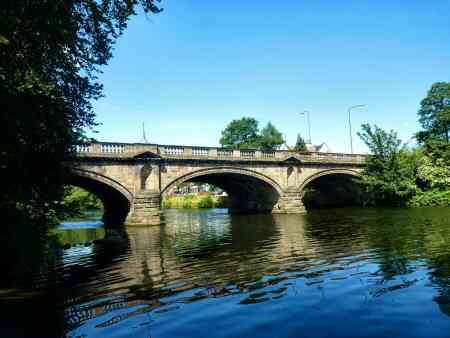

ST MARY’S BRIDGE
The bridge is an impressive structure of neo-classical design built by Thomas Harrison, between 1789 and 1794. The original bridge piers can be viewed under the foundations of the chapel and other remnants of the medieval bridge are to be seen in the river. It is remembered as the place where the Padley martyrs’ remains were hung on the bridge outside the chapel, which at that time was serving as a gaol.
ST MARY’S BRIDGE CHAPEL
St Mary’s Bridge Chapel is one of only six bridge chapels left in England. It stands beside the 18th-century bridge, which replaced a medieval bridge. To which the chapel was attached. The precise date when the first bridge chapel came into existence is uncertain. But, it was probably around the late 13th to the early 14th century. When it was built on the same site as the present chapel. At the time when the chapel was built, travel was a dangerous occupation. Robbery and murder were not uncommon and the bridge chapel offered spiritual reassurance to travellers. The bridge chapel also served as a collection point for tolls levied on traffic entering Derby. It was the only crossing point of the River Derwent into Derby. And, it was the resident hermit’s responsibility to collect the tolls of people and livestock crossing the bridge. The hagioscope, or squint, on the north wall would have been used to monitor traffic. It also could be used by passers-by to see the light indicating the presence of the Blessed Sacrament. The chapel is open to the public for several days every year.
Bridge Chapel House adjoins the St Mary’s Bridge Chapel and is the permanent home of the Derbyshire Family History Society, a registered charity. It has around 2,000 members worldwide and acquired a lease on the house in February 1996. St Mary’s Bridge is an impressive structure of neo-classical design built by Thomas Harrison of Chester, between 1789 and 1794.
ST MARY’S GATE
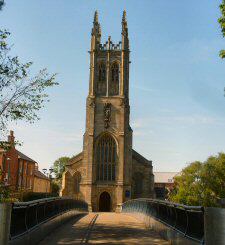
St. Mary’s Gate took its name from the ancient church of St. Mary, one of the six churches in Derby recorded in the Domesday Book. The church stood on the corner of St Mary’s Gate and Queen Street, almost opposite Derby Cathedral. Little is known about the church as it disappeared from the records during the medieval period. A rather narrow street, St Mary’s Gate is one of Derby’s most important historic thoroughfares
ST MARY’S ROMAN CATHOLIC CHURCH
St Mary’s Roman Catholic Church has been described as ‘Pugin’s Masterpiece.’ The foundation stone for the church was laid on 4 July 1838, Queen Victoria’s Coronation Day. The church was built in less than 18 months without the benefit of modern construction techniques and project management expertise. Doctor (later Cardinal) Wiseman, began his sermon with the words: “St Mary’s, without exception the most magnificent thing that Catholics have yet done in modern times in this country.”
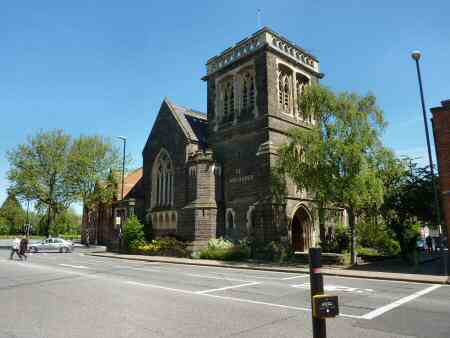

ST MICHAEL’S CHURCH
The church was rebuilt in 1857-8 after the east gable collapsed during a service. The vicar John Erskine Clarke, set about the task of organizing the reconstruction. He was a man of considerable energy and skill. starting what was regarded as the first church parish magazine ever to be published. In the 17th and 18th centuries, the churchyard contained the cistern to George Sorocold’s ingenious system of providing drinking water to the townspeople of Derby.
ST PETER’S CHURCH
Precisely when St Peter’s was founded is uncertain, but it was recorded in the Domesday Book and may go back much further. On the pillar at the north side of the chancel arch, and on the wall of the south aisle, are capital letters carved by Norman craftsmen. Much of the church dates back to medieval times. An ancient carved stone in the south wall is claimed to be an old Saxon cross.
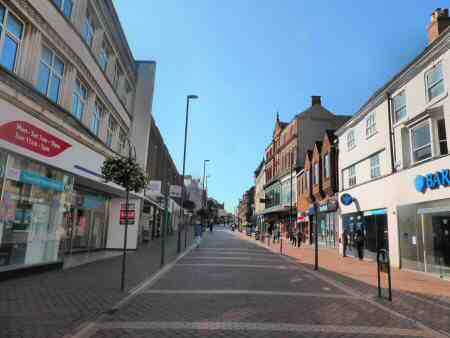
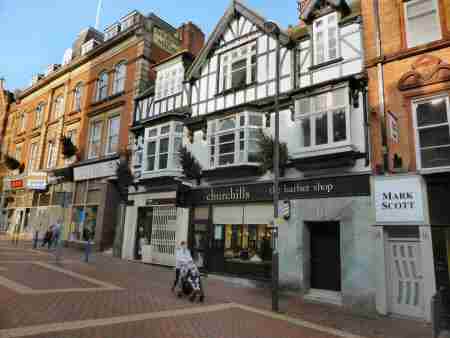
ST PETER’S CHURCH – FLEMISH CHEST
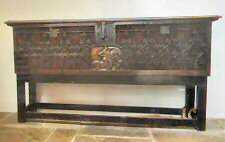
The Flemish chest, which stands in the south aisle, is reputedly a product of the 14th century. The squint does not have anything to do with lepers as may have been first thought but was used by the clergy to see the high altar from the first-floor vestry. The church celebrates its birthday every year on St Peter’s Day and according to present-day church thinking, it was founded in 1042.
ST PETER’S CHURCHYARD STREET
Business confidence was high in the town towards the end of the 19th century and St Peter’s Street and St Peter’s Churchyard saw significant redevelopment. In the 1860s successful negotiations took place between the council and St Peter’s Church for the purchase of a strip of land to enable the street to be widened. The council also erected a wall at the front of the church which remains.
